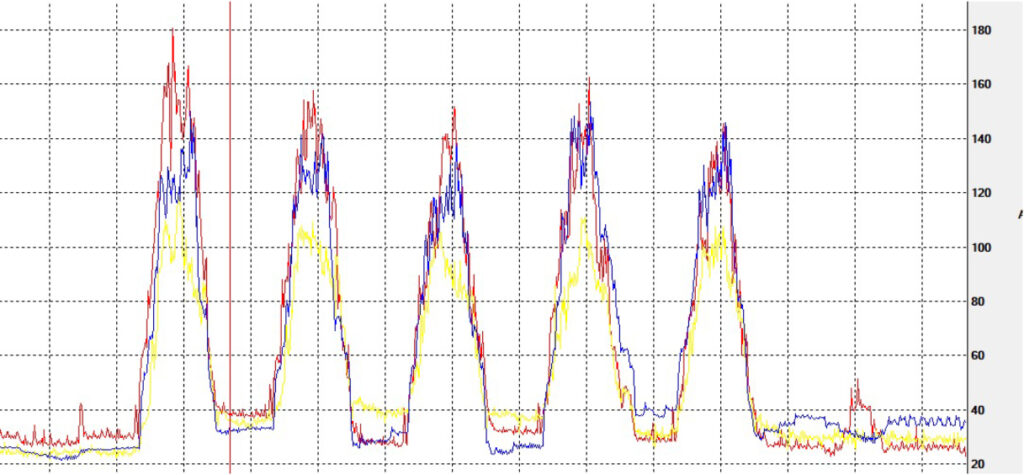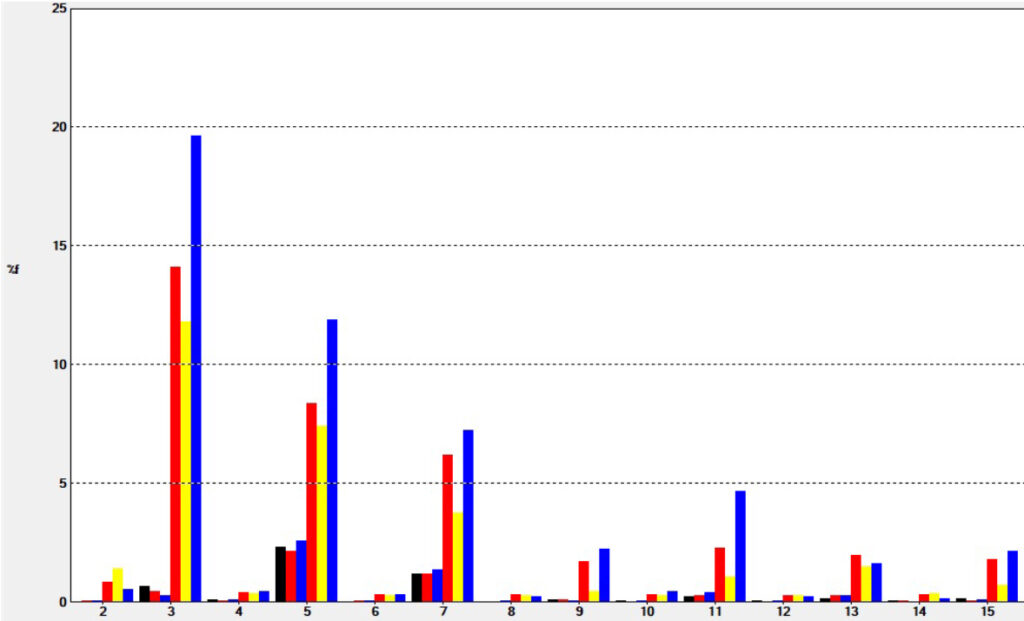This turned out to be a classic example of a quick, zero-cost energy saving opportunity. The solution? Simply encouraging teachers to be more mindful about switching off heaters at the end of the day.
One final parameter that was carefully evaluated during the monitoring period was power factor, but this was found to be good at all times, with little opportunity for further improvement. This was probably because the school had few inductive loads, and those were balanced out by capacitive loads such as LED lighting. But in other settings, including other schools, the situation might be very different. That’s why it’s always important to pay close attention to power factor results during any energy monitoring exercise.
Moreover, this data logging activity delivered clear, actionable recommendations that promise significant benefits moving forward.
Switching off portable heaters outside of school hours has already been put into action, though it’s only a temporary fix. In the long term, far greater energy savings are expected by upgrading the school’s HVAC system. The goal is to improve overall efficiency to the point where portable heaters are no longer needed at all. There may be other unnecessary out-of-hours energy loads too like lights and computers left on when no one’s around. The school can further investigate and consider simple solutions, such as occupancy sensors for lighting and timed switches to automatically power down computers at the end of the day.
Next, high levels of harmonics certainly need to be addressed. It would be beneficial to identify the individual sources and, where necessary, fit filters. The result will be cleaner supplies, reduced cable heating and longer equipment life.
Lastly, the school can look at redistributing single-phase loads on the power system to provide better balance between phases. Again, this would reduce heating in neutral conductors, and help ensure that any three-phase loads on the system operate efficiently.
Monitoring power quality and usage at the school in Kent turned out to be a straightforward and low-cost exercise that had zero impact on day-to-day operations. What it did deliver, however, was a wealth of valuable insights that will help the school use electricity more efficiently and cut down on energy costs. So, to answer the question raised at the start: are power and energy loggers useful in real-world settings? Absolutely. They’re an incredibly effective for identifying energy-saving opportunities.



